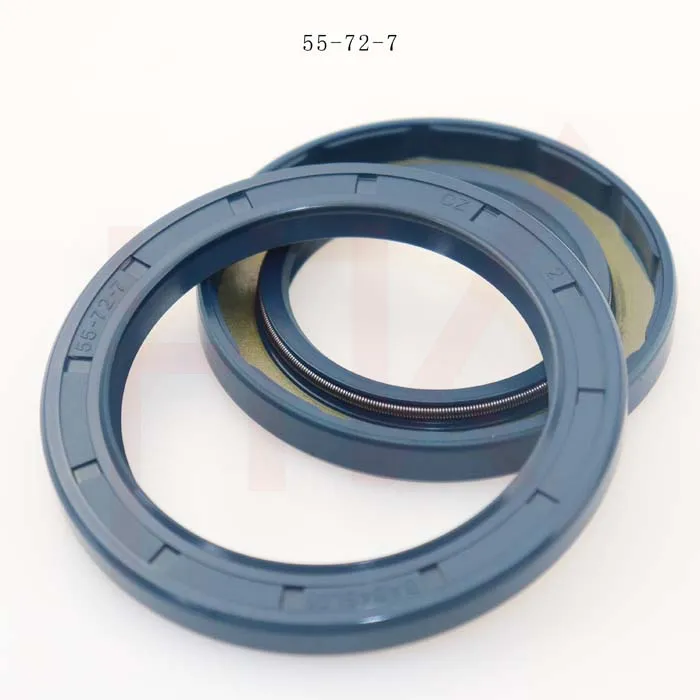Қар . 05, 2024 02:34 Back to list
rear hub seal
Understanding Rear Hub Seals Importance, Function, and Maintenance
When it comes to the intricate world of automotive components, the rear hub seal plays a critical, yet often overlooked, role in vehicle performance and longevity. The hub seal is a small but vital component situated at the rear wheels of a vehicle, especially in those equipped with independent suspension systems. Understanding the significance of rear hub seals, their functions, and how to maintain them can go a long way in ensuring optimal vehicle operation.
Function of Rear Hub Seals
The primary function of a rear hub seal is to prevent the ingress of contaminants such as dirt, water, and debris into the hub assembly. This protection is crucial because the hub assembly houses the wheel bearings, which are essential for smooth wheel rotation. A functioning rear hub seal creates a barrier that keeps lubrication materials inside the hub while safeguarding against external elements. By doing so, it helps in maintaining the integrity and functionality of the wheel bearings, ultimately ensuring a smoother ride and enhancing the overall driving experience.
Additionally, rear hub seals also play a role in preventing lubrication leaks
. The wheel bearings within the hub need to be adequately lubricated to reduce friction and wear. If the seal is compromised, grease can escape, which can lead to increased bearing wear and potential failure. This failure can manifest as unusual noises, vibrations, or even catastrophic breakdowns, necessitating costly repairs or replacements.Signs of a Failing Rear Hub Seal
Detecting issues with rear hub seals early can save car owners from extensive repairs down the line. Some common signs of a failing rear hub seal include
1. Oil Leaks If you notice oil pooling under your vehicle, especially near the rear wheels, it may indicate a failing hub seal. 2. Increased Noise A grinding or humming sound emanating from the rear wheels can suggest that the bearings are not being adequately lubricated, often due to a compromised seal.
rear hub seal

3. Vibration Unusual vibrations while driving could indicate that the wheel bearings are wearing out, often a direct consequence of seal failure.
4. Heat Build-up Excessive heat from the wheel area can signify that seals are not functioning properly, leading to increased friction in the bearings.
Maintenance and Replacement
Regular maintenance of rear hub seals is crucial for vehicle performance. Periodic inspections during routine maintenance checks—such as oil changes, brake inspections, and tire rotations—can help identify wear or damage early. It is advisable to have a professional mechanic check the condition of the seals and the bearings.
If a rear hub seal does fail, replacement is often necessary. While it may seem like a minor component, replacing a damaged seal can dramatically extend the life of the wheel bearings and maintain the overall functionality of the vehicle. The process typically involves dismantling the wheel assembly, replacing the old or damaged seal, and reassembling everything. Depending on the vehicle, this can vary in complexity, so professional assistance might be recommended.
Conclusion
In conclusion, the rear hub seal is a small but critical component that plays an essential role in the overall performance of a vehicle. Understanding its function, recognizing the signs of failure, and maintaining it properly can help ensure a smooth, safe driving experience. Regular vehicle inspections can go a long way in preserving the efficiency of these seals and the components they protect, extending the life of your vehicle and enhancing driver safety.
-
TCN Oil Seal Metal Ring Reinforcement for Heavy Machinery
NewsJul.25,2025
-
Rotary Lip Seal Spring-Loaded Design for High-Speed Applications
NewsJul.25,2025
-
Hydraulic Cylinder Seals Polyurethane Material for High-Impact Jobs
NewsJul.25,2025
-
High Pressure Oil Seal Polyurethane Coating Wear Resistance
NewsJul.25,2025
-
Dust Proof Seal Double Lip Design for Construction Equipment
NewsJul.25,2025
-
Hub Seal Polyurethane Wear Resistance in Agricultural Vehicles
NewsJul.25,2025
-
The Trans-formative Journey of Wheel Hub Oil Seals
NewsJun.06,2025
Products categories
















